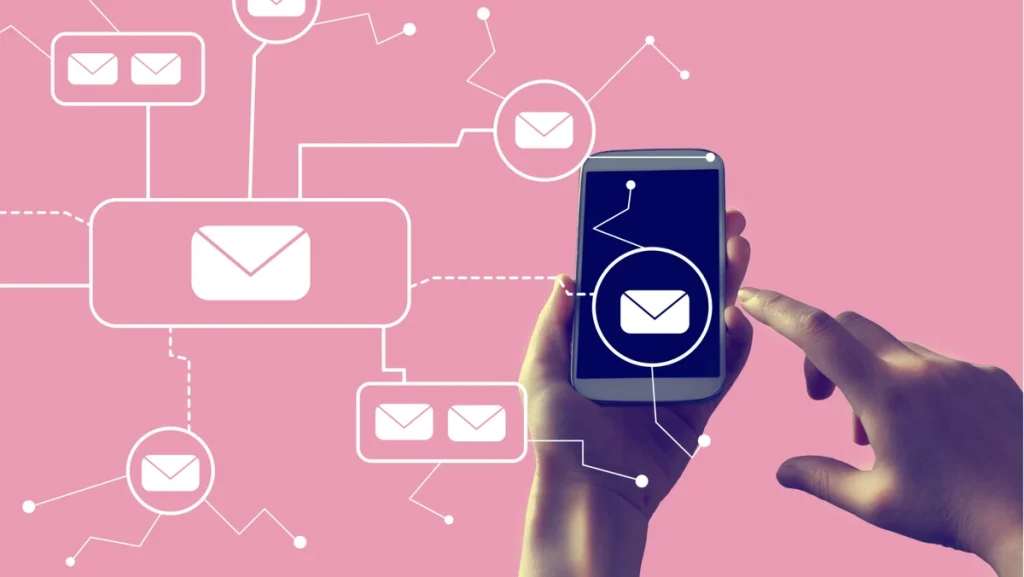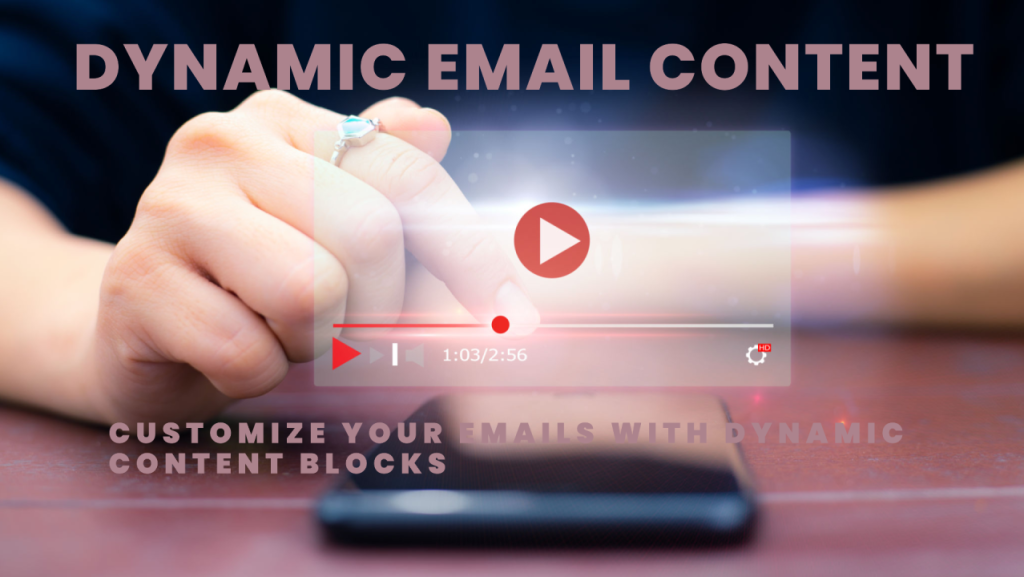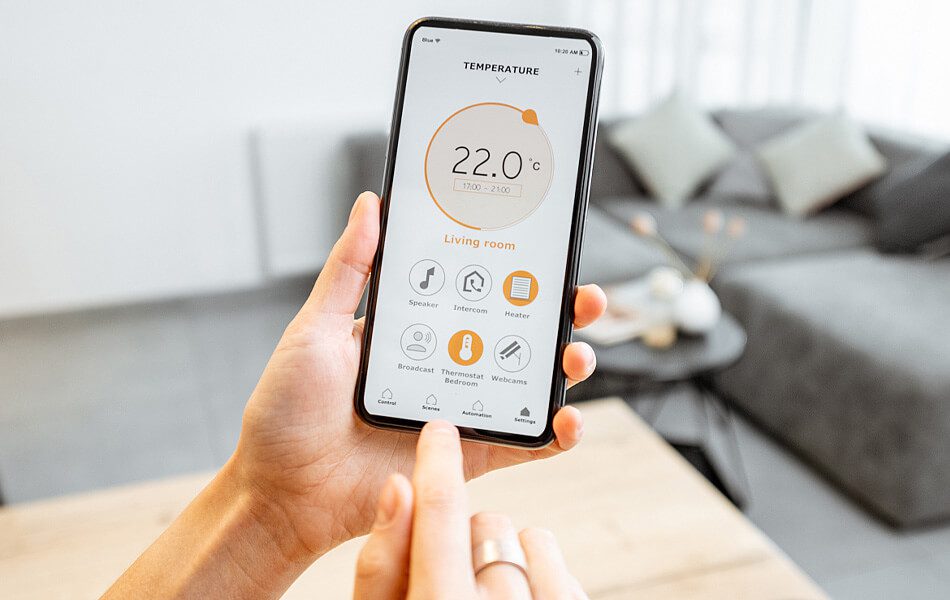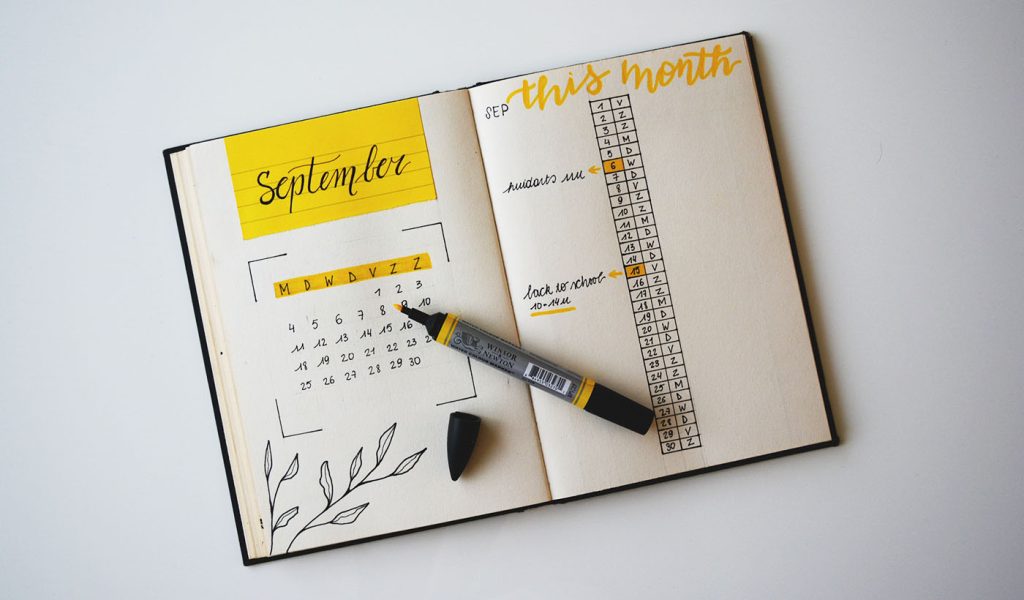Email marketing remains one of the most effective ways to engage with your audience, generate leads, and drive sales. Yet, many marketers stick to traditional strategies—sending newsletters, promotional offers, and standard follow-ups. While these methods work, they often leave untapped opportunities on the table. If you want to stand out in crowded inboxes, it’s time to explore some unconventional email marketing hacks you probably haven’t tried.
1. Use Hyper-Personalization Beyond the Name

Most marketers personalize emails with the recipient’s name, but true hyper-personalization goes much deeper. Segment your audience based on behavior, preferences, or purchase history, and craft emails that feel uniquely tailored. For example, if a subscriber frequently buys running gear from your store, send them a curated list of new running products or tips for marathon training. Using data-driven personalization increases engagement rates significantly and helps build stronger customer relationships.
2. Experiment with Interactive Emails
Static emails are no longer enough to capture attention. Interactive elements such as polls, quizzes, or sliders can make your email content more engaging. For instance, including a quick poll in your newsletter asking readers about their favorite products or features can not only increase click rates but also provide valuable insights into your audience’s preferences. Interactive emails create a sense of involvement, making recipients more likely to engage with your brand.
3. Send ‘Micro-Commitment’ Emails
Instead of overwhelming your subscribers with long messages or multiple offers, try sending micro-commitment emails. These are short emails that ask for a tiny action—like clicking a link, answering a one-question survey, or viewing a product. The psychology behind micro-commitments is simple: small actions are easier for people to take, and they often lead to bigger commitments down the line. Over time, this technique can increase conversions without annoying your audience.
4. Use Dynamic Content Blocks

Dynamic content blocks allow you to display different content to different users within the same email. Imagine sending a newsletter where each subscriber sees products or offers tailored to their interests. Dynamic content can also be used for location-specific promotions or recommendations based on past interactions. This approach not only makes your emails more relevant but also boosts engagement because each recipient feels like the email was made just for them.
5. Leverage ‘Send Time Optimization’ Smartly
While many marketers focus on sending emails during general “peak hours,” advanced send time optimization involves analyzing when individual subscribers are most likely to open emails. Many email marketing platforms offer AI-powered send time tools that predict the optimal time for each recipient. By sending emails when subscribers are most likely to engage, you can significantly improve open and click-through rates.
6. Include Subtle FOMO Triggers
Fear of missing out (FOMO) is a powerful motivator, but many brands overuse it, making it seem spammy. Instead, incorporate subtle FOMO triggers in your emails. For example, phrases like “Limited spots left,” “Only a few items remaining,” or “Early access for subscribers” create urgency without sounding pushy. When done tastefully, FOMO can encourage immediate action and increase conversions.
7. Optimize for Mobile Micro-Moments

More than half of all emails are opened on mobile devices. Beyond responsive design, consider “micro-moments”—the quick interactions users have on their phones. Structure emails for fast reading: use short sentences, bullet points, and clear calls-to-action. Include tappable buttons and avoid cluttered layouts. By catering to mobile habits, your emails will be easier to consume and act upon, which can dramatically improve engagement.
8. Test Email Accessibility
Accessibility is often overlooked in email marketing, yet it can widen your audience and improve user experience. Ensure your emails are readable by screen readers, use high-contrast colors, and include descriptive alt text for images. Accessible emails not only help people with disabilities but also demonstrate inclusivity and professionalism—qualities that can strengthen your brand image.
9. Experiment with Conversational Subject Lines
A subject line is your email’s first impression, yet many marketers rely on generic approaches. Try conversational, curiosity-driven, or even slightly humorous subject lines to spark interest. For example, instead of “Check Out Our New Products,” try “Can You Believe These Just Arrived?” or “Your Weekend Surprise Awaits.” A creative subject line can make a huge difference in open rates.
10. Repurpose User-Generated Content (UGC)
Finally, leverage the content your customers create. Include reviews, photos, or testimonials in your emails to build trust and social proof. UGC not only enhances credibility but also encourages recipients to engage with your brand. Featuring real people in your campaigns makes your emails feel authentic and relatable, which is often more persuasive than traditional marketing copy.
Conclusion
Email marketing doesn’t have to be predictable or boring. By incorporating these unconventional hacks—hyper-personalization, interactive elements, micro-commitments, dynamic content, and more—you can stand out in crowded inboxes, boost engagement, and drive higher conversions. The key is to experiment, analyze results, and continually refine your strategies. Start testing these hacks today and transform your email campaigns from ordinary to extraordinary.


